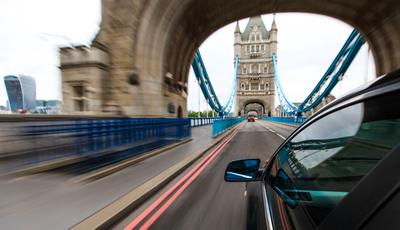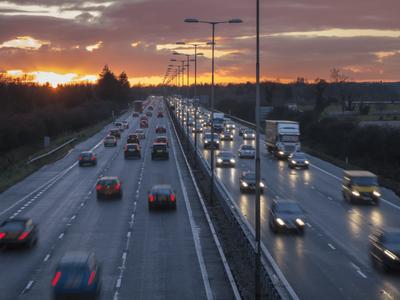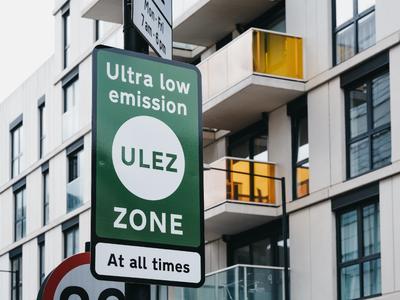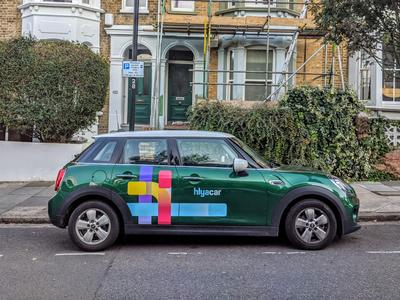
Driving in London
Driving into London or around London can be daunting, but as long as you’re in the know, with a few deep breaths you’ll wonder why you ever worried.
We’ve put together some hints and tips you’re going to want to know ahead of driving in London:
Charges for driving in London
The law is forever changing, with emission targets and the like, so whether you’re new to driving in the city or not it’s worth keeping on top of the possible charges for driving in London.
Most road users navigating the Central London Zone will be required to pay the congestion charge fee. The main roads in London covered by this include the Marylebone, Shoreditch and Victoria areas. The congestion charge of £11.50 per day is applicable from Monday through to Friday between 7am and 6pm. There is no charge outside of this time and Bank Holidays are also exempt. Also exempt from the Congestion Charge are vehicles used by disabled people that are exempt from vehicle tax and have a ‘disabled’ taxation class, as well as two-wheel motorcycles (and sidecars) and mopeds.
The most recent of the charges for driving in London is the Ultra Low Emission Zone (ULEZ), which operates 24/7, every day of the year. The zone currently covers the same area as the aforementioned Central London Zone. Most vehicles will be required to meet Euro 4 emission standards or drivers will be liable for a daily charge of £12.50 (all vehicles up to 3.5tonnes).
Euston Road and The Strand in Westminster come under some of the most polluted roads in London so going green isn’t a bad idea. Not only that; some hybrid, as well as fully-electric, vehicles, are exempt from the charge; also known as ULEZ compliant cars. Thanks to the London’s aim of becoming a zero-carbon zone by 2050, there is a number of rapid charging points available throughout the City (offering full batteries from around 30minutes charge time), with most operating pay-as-you-go via credit or debit card.
London roads can be daunting, but it doesn’t have to be a stressful experience if you come prepared and now that you’re in the know about the applicable charges, it’s worth bearing in mind some road rules.
Where to park
Be very aware of where you’re parking! We’re often asked the question: Is driving in London hard? Well, the driving part is easy when you consider finding parking. It can be a bit of a minefield. Just make sure you pay attention to all signs. You are allowed to park on single yellow lines (depending on the day and time — again, watch out for signs). Upon entering any Controlled Parking Zone (CPZ), the hours of control are well sign-posted. You can park within designated white dashed lines, providing you Pay and Display — do watch out for Resident Permit Holders Only areas, though, as these look the same. This will be clearly sign-posted. There are red dashed line bays dotted around, too, which enable parking at certain times.
It is illegal to park on zig-zag lines, double yellow lines, or on the pavement at any time.
Also be aware of parking surcharges for diesel vehicles, particularly if in the Borough areas of Westminster and Islington.
Box Junctions
Box junctions are found all over the UK, but rarely are the rules actually adhered to. In London, you’ll want to adhere to them rigorously. If you jump the gun before seeing your exit is clear (i.e. you’re not going to be sat in the yellow box) then you could be handed a Penalty Charge Notice (PCN).
Bus Lanes
Bus lanes can pose a problem as they come up when you least expect them and when there’s heavy traffic in the right-hand lane it’s a daunting task to get out of it when you realise you’re in one. Be aware of the bus lane operational times — look out for blue signs which will advise on the bus lane operational times along that route. Take no notice of what other road users are doing as some vehicles such as taxis are allowed to use the bus lanes during certain hours. Take note of the operational times and try to avoid driving in bus lanes when controls are in operation. If caught driving in a bus lane during operational hours, you could be issued with a PCN.
Red Routes
Watch out for red routes — stopping is not permitted anywhere unless a stopping place is clearly marked — if found stopped in a non-designated stopping place, you could face a PCN. Red routes are indicated by double red lines or by a red cross on a blue circle sign.
Charges
If you drive to London, it’s important to remember the London toll roads. If you’re visiting the city and using either the M25 Dartford Crossing or the M6 Toll Road to get there, charges will be incurred. Driving to London via the M6 Toll will require payment there and then at designated booths, while the M25 Dart Charge can be done online.
Now that the charges are taken care of. It’s worth doing a bit of research on some of the best routes to take.
How many roads in London are worthy of a detour?
Well, there are more than 60,000 streets and roads within the six-mile central City radius. Don’t worry, though; you don’t need to know them all to navigate yourself through the city. That is, unless you plan on becoming a Taxi driver… The key is to plan your route beforehand using a map of London roads or GPS (preferably with traffic updates) and try to avoid rush hour time where possible.
Some of the more famous roads in London include Oxford Street (if you like to shop), Abbey Road (think The Beatles), as well as Brick Lane, Carnaby Street and Piccadilly! And if Underground London is what you’re after, there’s also the Roman roads London maps and Secret roads London maps.
Whatever your plan, keep your wits about you. Behind the wheel, you should be pretty aware of your surroundings but as London is so heavily trafficked it’s worth making sure those senses are at their highest.
Relax and good luck!








